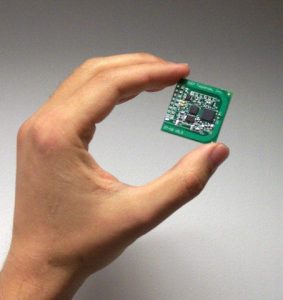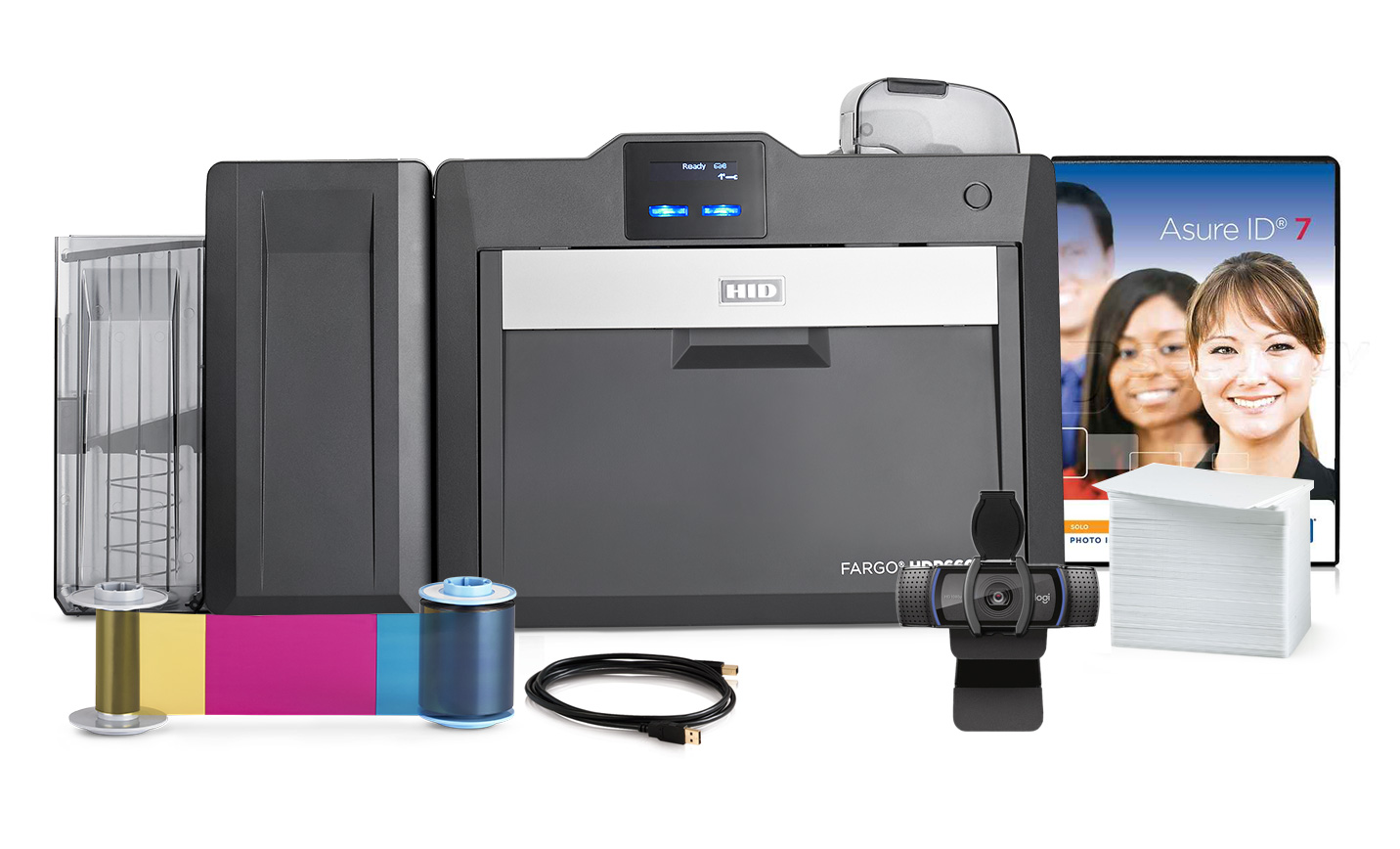The Difference Between Active and Passive RFID
Active RFID and Passive RFID are fundamentally different ID card technologies that are often mistaken for one another. While both use radio frequency energy to communicate between a tag and a reader, the method of powering the tags is different.

Active RFID
These use an internal power source (battery) within the tag to continuously power itself and its RF communication circuitry.
Active RFID allows very low-level signals from the reader to be recognized by the tag (because the reader does not need to power the tag), and the tag can generate high-level signals back to the reader. Additionally, the Active RFID tag is continuously powered whether in the reader field or not. Active tags can also ‘beacon’ or initiate communication with a reader (or other tags) when certain conditions are present. Active tags typically contain external sensors to monitor temperature, humidity, motion, and other conditions.
Pros of Active RFID Tags:
- Extremely Long Read Range
- Increased tag abilities with partner software technologies (GPS, sensors, etc.)
- Extremely Rugged options
Passive RFID
These rely on RF energy transferred from the reader to the tag, and then to power the card or fob.
Passive RFID requires stronger signals from the reader, and the signal strength returned from the tag is constrained to low levels. Secure issuance and physical access control applications regularly use passive RFID, in cards commonly referred to as prox or proximity badges. This technology is part of a complete security ID solution predominately seen in Government, Education, Health Care, and Corporate markets. Other applications include supply chain, high volume manufacturing, and applications in libraries, bookstores, pharmaceuticals, passports, electronic tolls, item level tracking, and even as a way to streamline the vacation experience.
Pros of Passive RFID:
- Smaller tags like Micro Prox disk
- Inexpensive tags, including Clamshell Prox cards
- Thinner and more flexible tags with adhesive backing
- Larger choice tag options like key fobs
- Tags can last a lifetime without a battery (depending on the wear and tear)
New applications for active RFID systems are still being developed, influencing the oil and gas industry, shipping and logistics, construction, mining, and high-value manufacturing where reading from a distance is essential. Other vertical markets include auto dealerships, auto manufacturing, hospitals, asset tracking, laboratories, remote monitoring, IT management, and other spaces that have high-value assets being moved. Both Active and passive have their pros and cons when designing high-security ID cards.
If your organization is considering high-security features for your employee ID badges, contact us to learn more about our secure identification solutions for ID issuance, physical access control systems, secure login with multi-factor authentication, and custom visitor management solutions.


